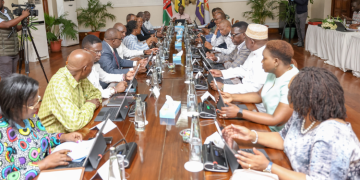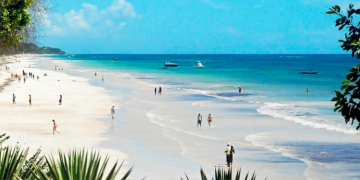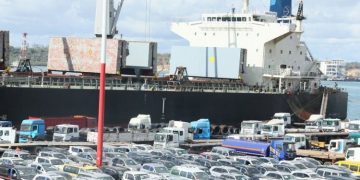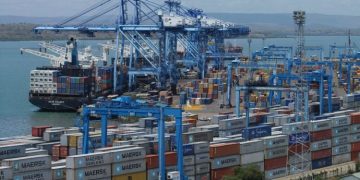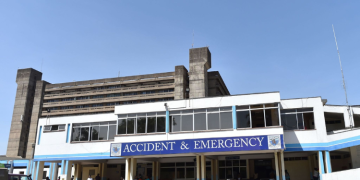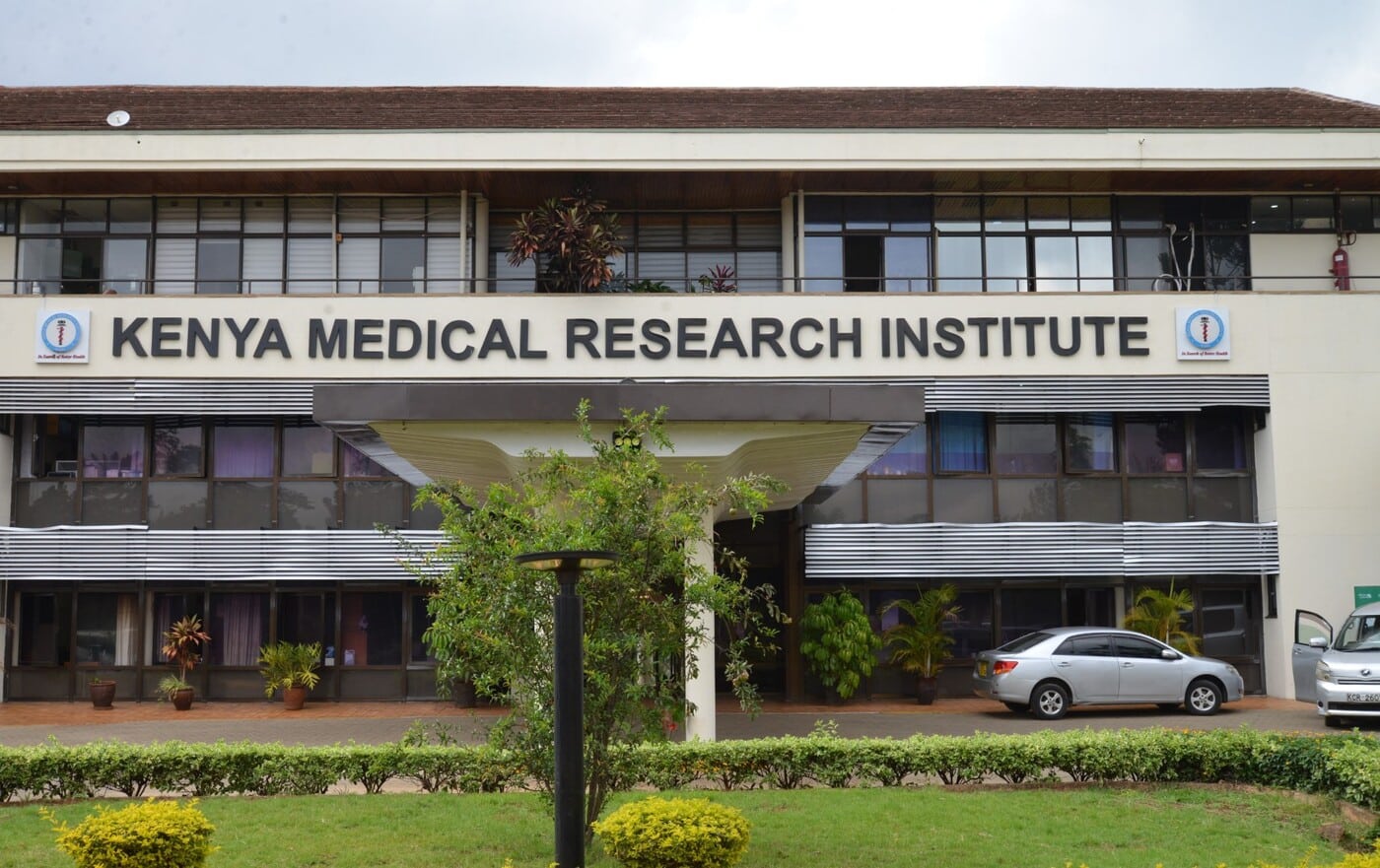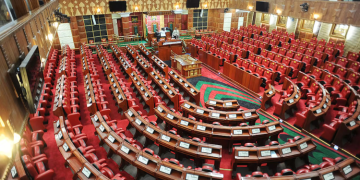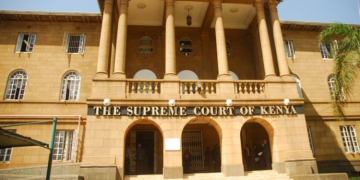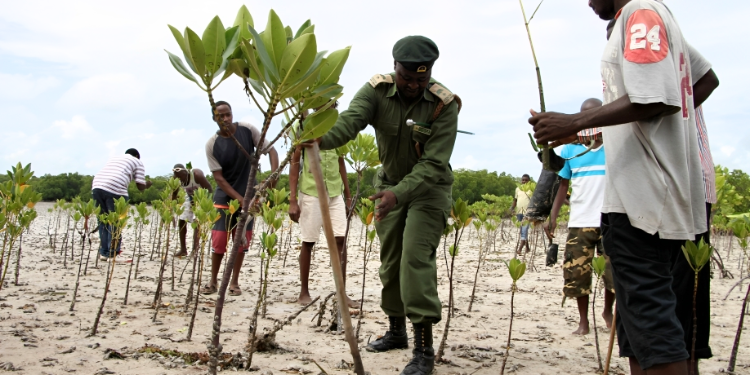To apply for a Coastal Zone Management Permit in Kenya, you’ll need to follow procedures guided by the Integrated Coastal Zone Management (ICZM) Policy, which is overseen by the National Environment Management Authority (NEMA) and other relevant agencies.
This article provides a full step-by-step guide to applying for a Coastal Zone Management Permit.
How to Apply
-
Environmental Impact Assessment
The first requirement for any coastal development is an Environmental Impact Assessment (EIA).
This assessment evaluates the potential ecological, social, and economic effects of the proposed project.
The EIA must be conducted by a NEMA-licensed environmental expert.
The resulting report is submitted to NEMA for review.
Approval of the EIA is required to obtain further permits and licenses.
-
Obtain NEMA Approval
Upon satisfactory review of the EIA report, NEMA issues an EIA license.
This license confirms that the proposed development complies with environmental regulations and ICZM principles.
It is a mandatory document for any activity within Kenya’s coastal zone, including construction, tourism infrastructure, aquaculture, and resource extraction.
-
County Government Approvals
In addition to the EIA license, developers must secure approvals from the relevant county government.
These include architectural and structural plan endorsements, zoning compliance, and building permits.
The county’s physical planning office evaluates the project’s alignment with local development plans and land use regulations.
-
Apply for Additional Permits
Coastal development projects in Kenya require multiple sectoral permits in addition to the Environmental Impact Assessment (EIA) license issued by the National Environment Management Authority (NEMA).
These permits ensure compliance with regulations across various domains, including water use, marine resources, land planning, and tourism.
The Water Resources Authority (WRA) issues water abstraction permits for projects drawing from rivers, lakes, or aquifers.
These permits are governed by the Water Act, 2016, and require hydrological assessments to determine sustainable extraction levels.
The State Department for the Blue Economy and Fisheries regulates the use of marine resources. Permits are required for aquaculture, fishing, and marine transport infrastructure.
Applications must align with Kenya’s Marine Spatial Planning framework and the Fisheries Management and Development Act, 2016.
County governments, through their planning departments, issue zoning and land-use approvals.
These are governed by the Physical and Land Use Planning Act, 2019, and ensure that developments conform to local spatial plans and building codes.
Tourism-related developments such as resorts and recreational facilities must be licensed by the Tourism Regulatory Authority (TRA) under the Tourism Act, 2011.
These licenses verify compliance with environmental, safety, and operational standards.
Projects near historical or cultural sites require permits from the National Museums of Kenya, as stipulated by the National Museums and Heritage Act, 2006.
Archaeological impact assessments are often necessary to safeguard heritage assets.
The Kenya Forest Service (KFS) oversees permits for mangrove harvesting and coastal forest use.
These are regulated under the Forest Conservation and Management Act, 2016, and require sustainable use plans and reforestation commitments.
For maritime infrastructure such as ports and dredging operations, the Kenya Maritime Authority (KMA) provides safety and navigation clearance under the Merchant Shipping Act, 2009.
These permits ensure that marine transport activities do not compromise navigational safety or marine ecosystems.
-
Engage Stakeholders
Stakeholder engagement is mandatory under Kenya’s Integrated Coastal Zone Management (ICZM) framework.
Developers must identify affected communities and consult local authorities, civil society, and sectoral agencies.
Engagement includes public forums, barazas, and targeted meetings.
Feedback must be documented and integrated into the Environmental Impact Assessment (EIA) report submitted to NEMA.
Lack of proper engagement can delay or invalidate permit approvals.
Also Read: Complete Guide on How to Apply for a Pollution Control Permit
Continuous dialogue is required throughout the project lifecycle to maintain compliance and community support.
-
Submit Your Application
Once all required documents are prepared, the developer must submit the complete application package to the National Environment Management Authority (NEMA) or the designated coastal zone authority.
The submission must include:
- Approved Environmental Impact Assessment (EIA) license
- Architectural and structural plans approved by the county government
- Relevant sectoral permits (e.g., water abstraction, marine resource use)
- Stakeholder engagement documentation
- Detailed project description and location maps
Also Read: How to Confirm the Progress of Your NEMA Permit Application
Applications are submitted via NEMA’s Environmental Licensing Portal.
The authority reviews the submission for compliance with environmental laws and ICZM principles. Processing timelines vary depending on project complexity and completeness of documentation.
Follow our WhatsApp Channel and X Account for real-time news updates.

